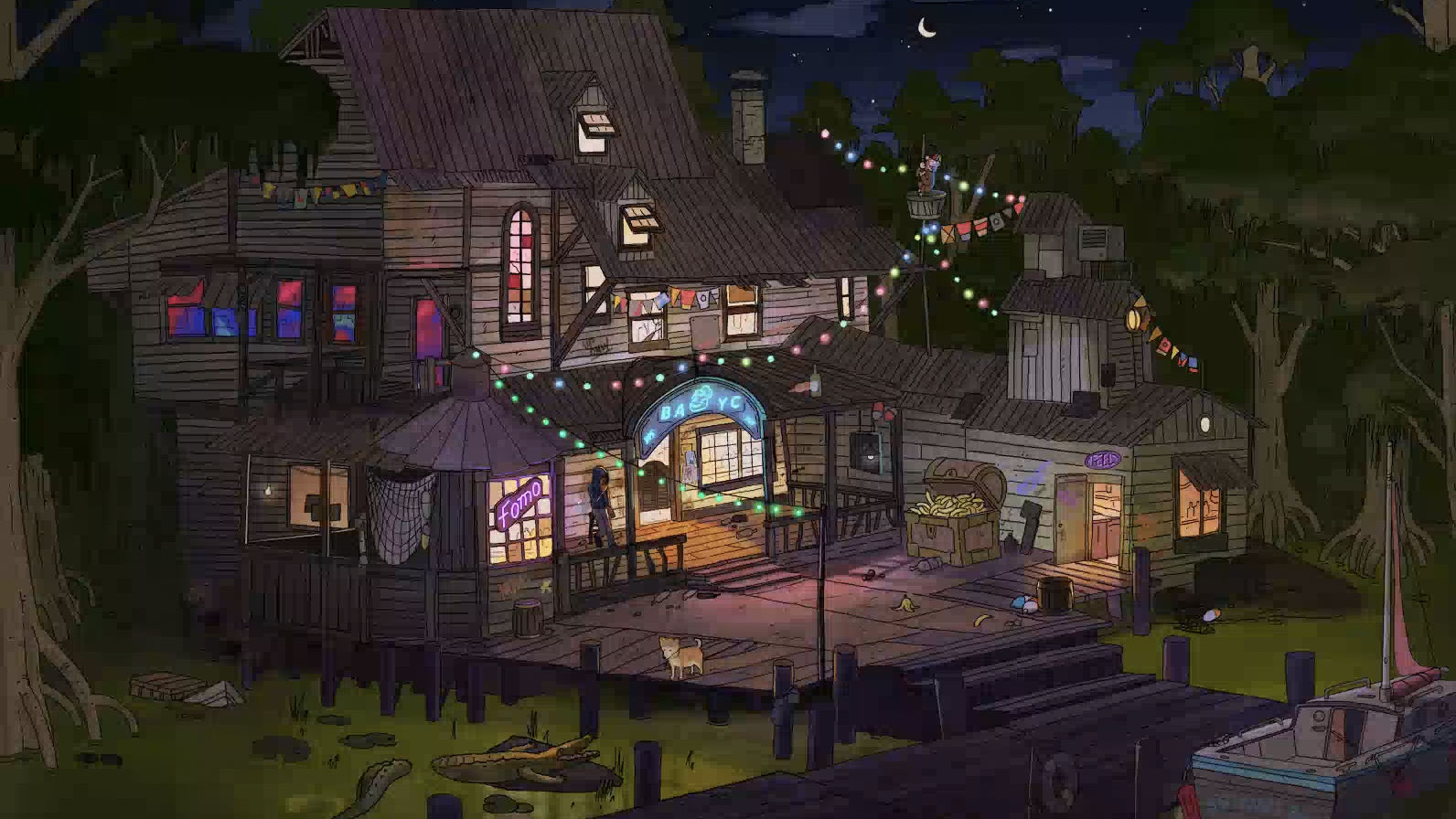Do you know your POAPs from your DAOs?
Your Bored Apes from your bitcoin?
And when was the last time you got rugged? (Before you answer, that probably doesn’t mean what you think it does.)
The world of web3 can feel overwhelming, hard to penetrate, and maybe like something you don’t need to worry about right now. We’re all busy doing our day jobs – we don’t necessarily have time to grapple with the meaning of the metaverse, right?
Wrong. Max Lenderman is a Co-Founder of the WXO and columnist for Campaign who has successfully founded and exited two firms, wrote a seminal book on experiential marketing back in 2006, and is always one step ahead of the curve.
And he believes that web3 is a nascent, innovative space in which to figure things out – and that will fundamentally change the way we create experiences.
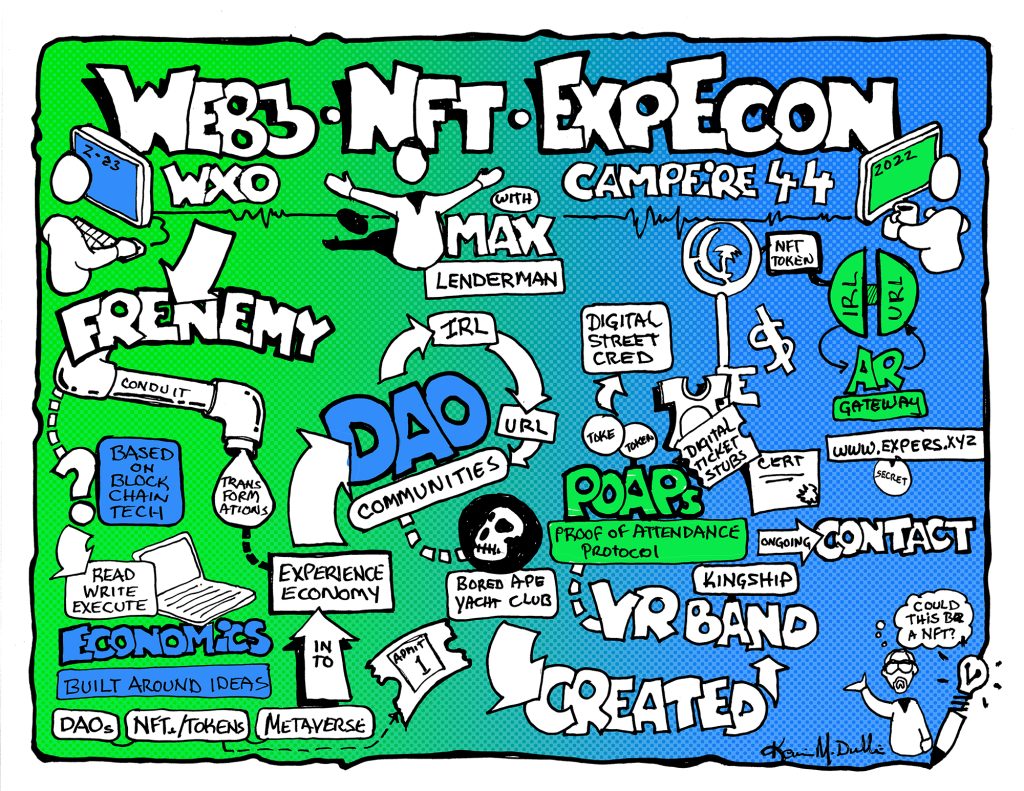
According to Lenderman, web3 is experiential marketing’s biggest frenemy. It’s a new ecosystem drawing people’s attention and therefore time – and as we know from Joe Pine in Campfire 35, time well spent has real value. But it’s also a colossal opportunity.
“web3 is a massive opportunity because the tooling and the community building forces that underpin it are hugely important when creating amazing experiences – particularly if you’re thinking about the next level of experience as being transformational. web3 has the capacity to be the conduit for these kinds of transformational experiences.”
Max Lenderman
Lenderman believes a major ethos of web3 is to jump in, as building within it can unlock a lot of understanding and insight. However, every diver needs a jumping-off point. That’s why he’s building a DAO called The Expers for experts working in the Experience Economy and putting out a web3 publication called The Experientialist, dedicated to sharing ideas and driving opportunities and insights for web3 experiences.
Fifty experience experts from around the globe joined us to hear Lenderman explain what he’s learned along the way – and how the tools, applications and philosophies that are being birthed at an alarming pace in web3 might transform the way we create experiences. Scroll down to read the report, and see Max’s original presentation here:
Buckle up: it’s time to enter the next iteration of the internet…
Web3 = Economics Built Around Ideas
The definition of web3 is:
“An idea for a new iteration of the World Wide Web based on blockchain technology, which incorporates concepts including decentralization and token-based economics.”
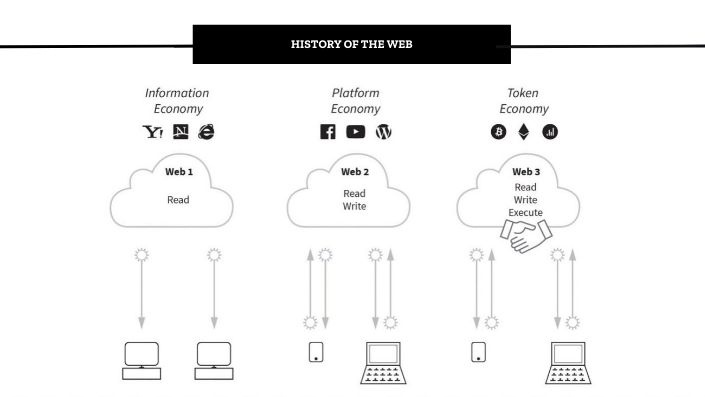
Unlike web1 – the information economy – or web2 – the platform economy – web3 is a token economy, where the decentralization of the blockchain and use of tokens allows people to create economies within communities, rather than economies that lead up to or flow into a centralized platform like Facebook, YouTube, Google or TikTok.
Or to put it another way, the shift from web2 to web3 can be expressed as:
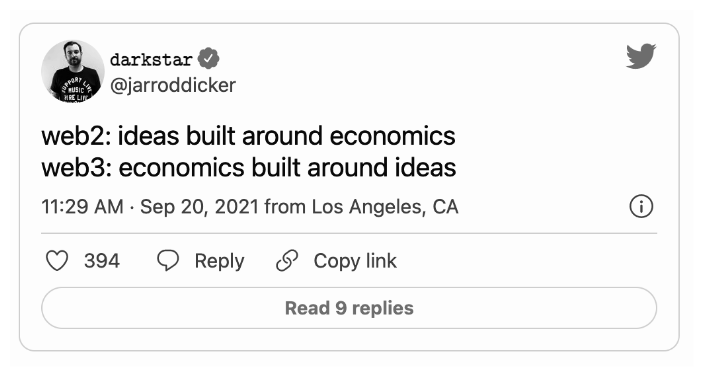
Or:
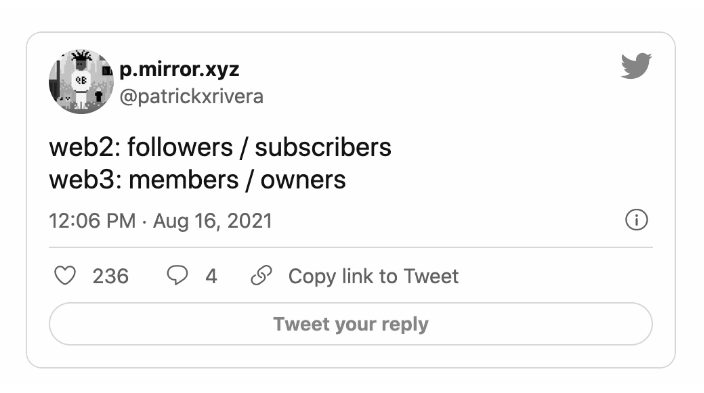
In this new economy, any idea is monetizable. With a highly capable and highly expert community of 1,000, you can build a $100 million company.
Web3 Is Underpinned By Ecosystems Including DAOs, NFTs And The Metaverse
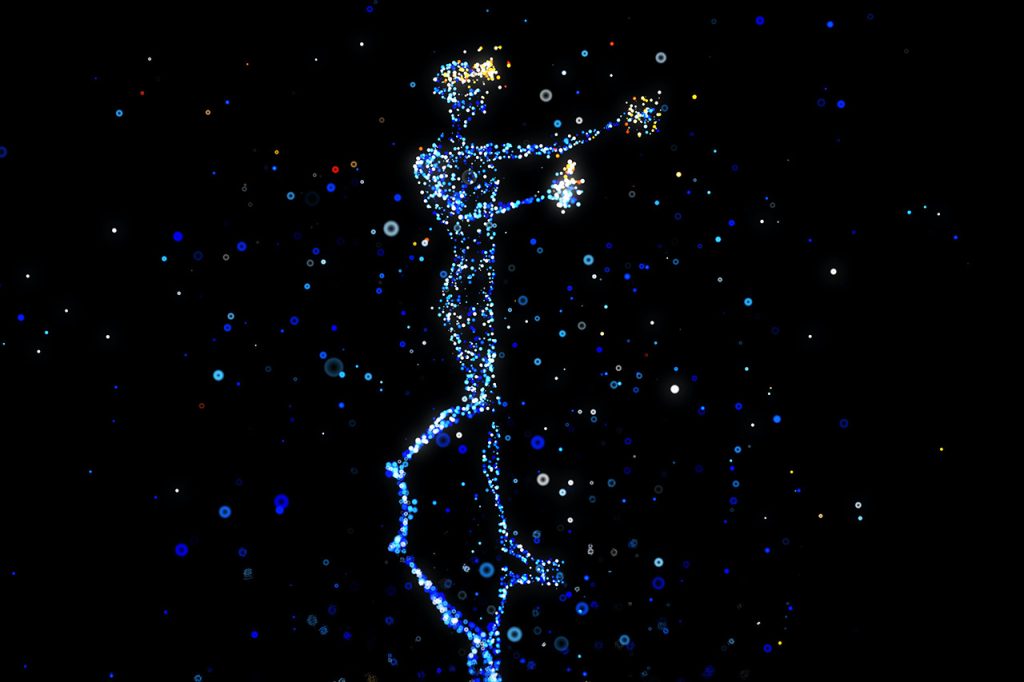
Web3 consists of several building blocks, namely:
- Blockchain
- Crypto
- Metaverse
- NFTs/Tokens
- DAOs
- L1/L2 ecosystems
- dAPPs
- DEFI
- Semantic web
Lenderman thinks that of these, three are most relevant to the Experience Economy: DAOs, NFTs/Tokens, and the metaverse. These are already fairly large ecosystems: currently the value of DAOs is estimated at $9bn, NFTs $20bn, and the metaverse $70bn.
DAOs (Decentralized Autonomous Organizations)
A DAO is a group organized around a mission that coordinates through a shared set of rules enforced on a blockchain without intermediaries or centralization.
DAOs are managed by members and have treasuries that can allocate funding to a specific cause. Nobody can access these funds without governance and approval, and the governing process takes place via on-chain governance proposals and voting.
There are about 1,000 DAOs out there right now, and estimates say that in the next three years there will be 50,000.
NFTs/Tokens (Non-Fungible Tokens)
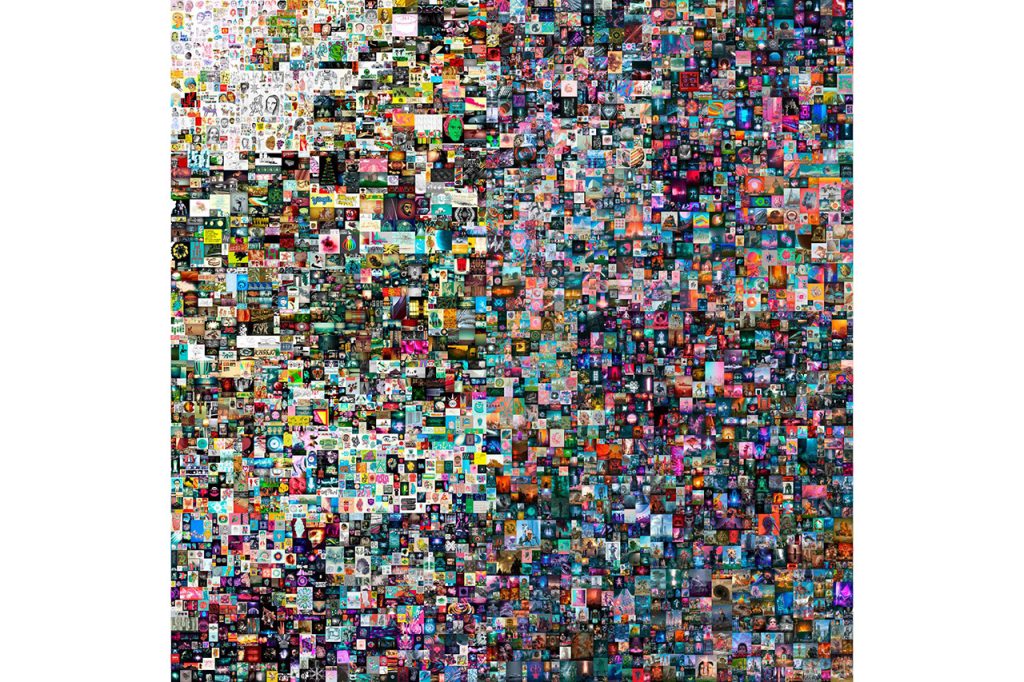
NFTs are one-of-a-kind digital assets that represent real-world objects, such as:
- Collectibles
- Artwork
- Event tickets
- Music and media
- In-game items
- Virtual items
- Real-world assets
- Identity
- Digital fashion
- Domain names
They transact on a blockchain currency, usually Ethereum, and the buyer has digital ownership rights and proof-of-ownership.
The Metaverse
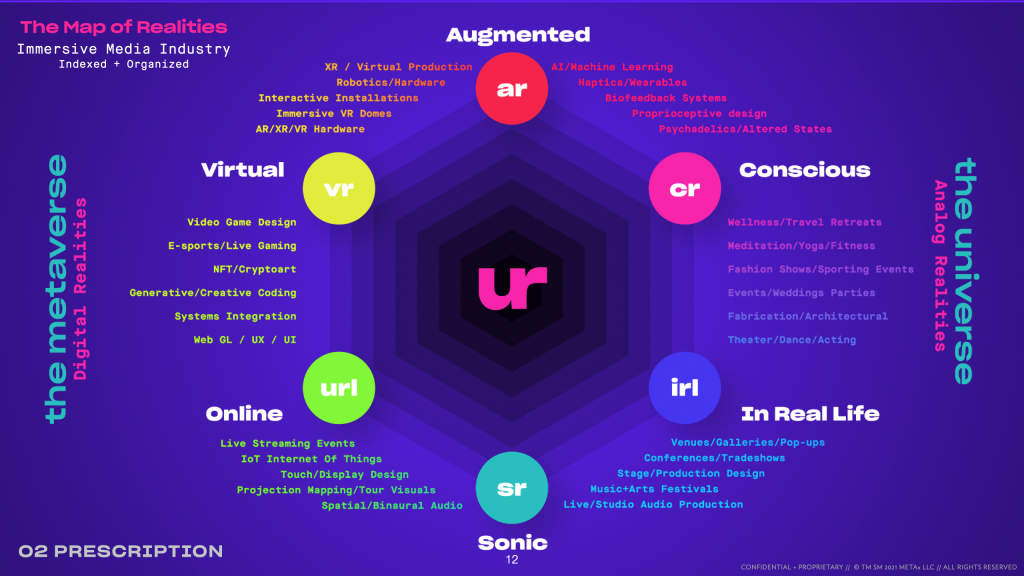
The metaverse is a term that describes a series of three-dimensional, interactive virtual worlds.
Whereas the internet is something we see, the metaverse is somewhere we exist. It includes immersive gaming platforms, augmented reality, virtual workspaces, and social engagement applications. The metaverse enables anyone to develop digital economies using blockchain technology.
The metaverse is often used as an interchangeable terms for web3, but the two are separate: the metaverse is one of the ecosystems underpinning the wider ecosystem of web3.
Lenderman likes The Map Of Realities created by Justin Bolognino and described in Campfire 19: The Metaverse Firestarter, as it shows the interplay between URL and IRL, or metaverse and universe. The two are not bifurcated, and we’re increasingly heading towards a phygital reality.
So what are the opportunities for experience designers within these new web3 ecosystems?
1. Turning URL Communities Into IRL Ones

When it comes to DAOs, Lenderman believes there’s a chance to help activate and coalesce their URL communities IRL.
Take Bored Ape Yacht Club, for example – probably the most famous NFT property, with a collective value of about $2.7bn and an average NFT value of $380k. They now create IRL meetups and parties, and are in talks to buy a 10-storey building in Miami to create a real-life Yacht Club (here’s hoping it ends up more Soho House than Anna Delvey Foundation…).
While DAOs do a great job of creating communities in online spaces like Discord or Telegram, they’re not yet so polished at reflecting the same sense of community IRL. Here’s where experience designers can come to the rescue – shout out to Audette Sophia, who’s doing her first crypto gig in San Francisco this week.
2. DAOs Will Become Brands
Friends With Benefits gallery piece
…and more brands will integrate with DAOs. Eventually, brands will have to create their own DAOs – in a Rolex DAO, for example, they might create NFTs for Rolex owners only to grant them entry, where they can sell their vintage Rolexes and the DAO takes a percentage to grow it even more.
BitDAO is one of the largest community DAOs, with a treasury balance of $2.5bn and about 6,000 people. It’s now as well-known in the web3 ecosystem as Berkshire Hathaway might be in the VC world, and has now become a brand in its own right that other brands – such as Budweiser and Salesforce – want to engage with, as they have the heft and cultural credibility.
Another example of an early DAO that has become a brand is Friends With Benefits, which recently received a valuation of $100m and is now creating new products and a dashboard to manage its community. They’re creating a ticketing app that connects the Friends With Benefits token to ticketed events, and if they wanted to start a clothing line, they could probably sell thousands of shirts based on the strength of the brand they’ve created.
And back to those Bored Apes. Universal Music recently created a licensing agreement with the owner of five Bored Apes to create a digital avatar-based band called KINGSHIP, reminiscent of Damon Albarn’s Gorillaz. This new band will throw concerts in Roblox in the metaverse, showing how NFTs can be used in interesting ways with licensing and ownership.
3. The Transformative Potential Of POAPs
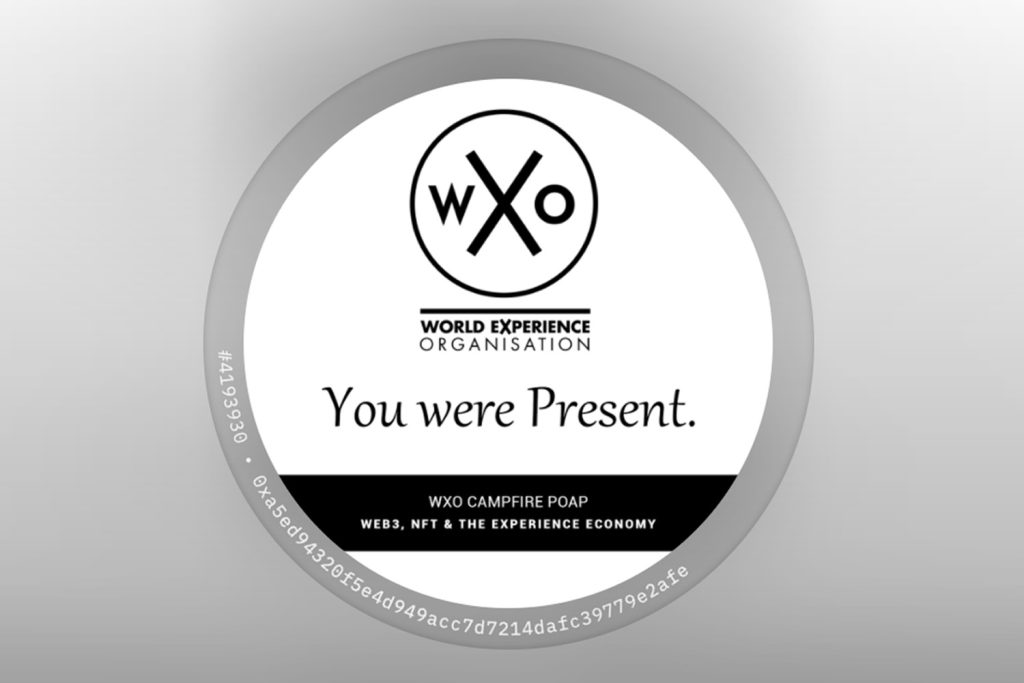
IRL and URL experiences will be commemorated, badged and promoted with tokens like POAPs (Proof Of Attendance Protocols), especially in the events space.
Think of POAPs like the ticket stub, band t-shirt, festival wristband or certificate of commemoration you might save from a concert or course. POAPs are starting to be used as a badging mechanism that give the same kind of credibility in the web3 space – for example, if you were at the first bitcoin conference in Miami, a POAP from the event would give you more credibility among those in the know than your LinkedIn profile. Or you could receive a POAP that proves you were there the first time a band played their new single.
This is interesting in the context of transformative experiences, as proof of attendance gives you an opportunity to extend the experience and continue to have experiences with those who were there with you.
For example, the band you saw could send you an entire album for free because you have a certain POAP, or share the proceeds of their single with you. You could go to a presentation at a conference, and be given follow-up through your POAP.
Using blockchain, you can prime and prompt and support and reward participants over a much longer period, increasing the chance of transformation.
4. The Increasing Value Of NFT Utility
Lenderman predicts that NFT utility will be valued more with IRL executions and access.
Take marketing guru Gary Vaynerchuk, who created 10k NFTs that allowed for different levels of interaction between himself and those who bought them, from getting a free book to having a 30-minute chat. Vaynerchuk recently announced that he’s creating VeeCon, a marketing/NFT/web3 conference that only those 10,000 owners can attend.
LinksDAO, meanwhile, is a DAO dedicated to golf lovers with a mission of funding a golf club. Within 48 hours they capitalized about $14 million in NFT sales, and recently announced their first IRL partnership with Five Iron, where all these NFT owners will receive benefits like special swag or free entry. By tapping into this passionate community, Links can be a competitor to any large-scale golf property owners in the world.
5. Ticketing, Identification And On-Site Retail Will Be Tokenized
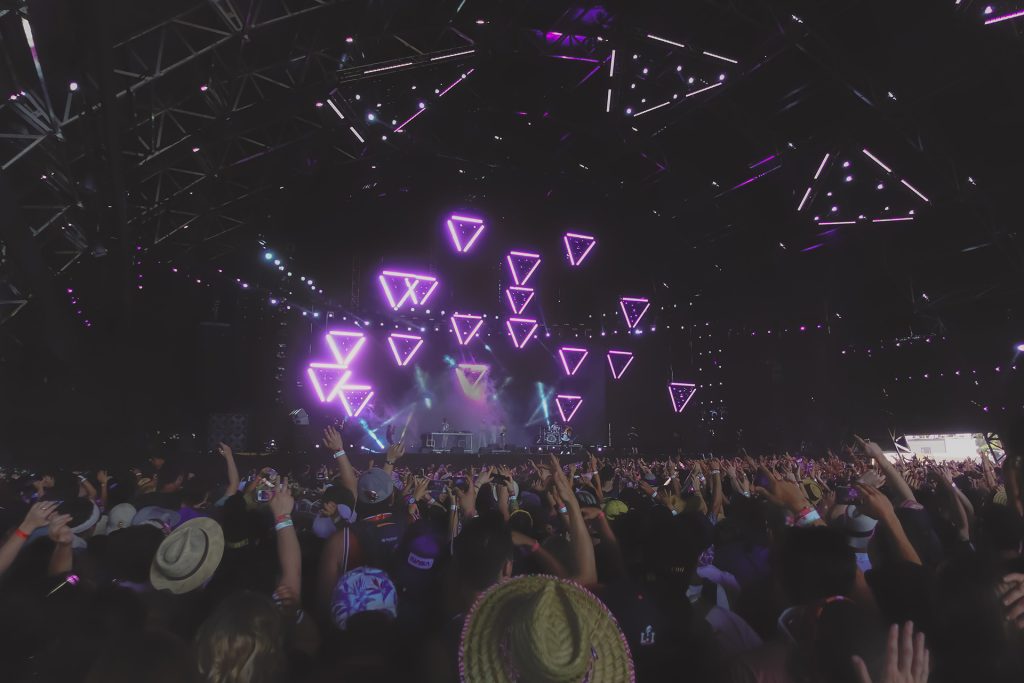
Coachella recently announced that they were creating 10 NFTs granting lifetime access to their shows, and ticket platforms like Live Nation are also experimenting with tokenization.
The advantages of NFTs as a ticketing mechanism are:
- Increased security thanks to the blockchain
- More opportunities for residual sales, as every time the ticket changes hands the producer or artists can take a cut
- Harder to fake or duplicate
- Can be used like a QR code to access food or merch
- Acts as a POAP to create extended engagement with the experience, for example by giving the owner access to perks or communities
6. The More URL, The More IRL
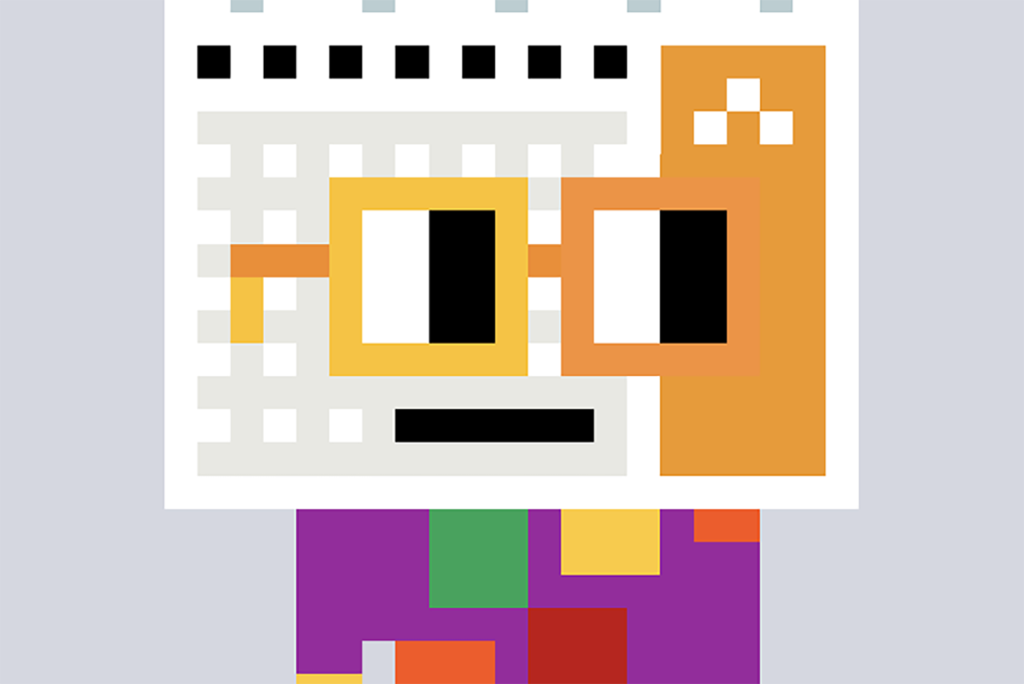
The more experiences there are in the metaverse, the more they will be mirrored in the universe. Nouns DAO are using the proceeds of their treasury to build a skatepark. Bored Ape wants to create a members’ club. And Links DAO is purchasing a golf club.
Meanwhile, Nike has created a world called Nikeland in Roblox and brought it to a retail location in New York City called The House of Innovation, using augmented reality so that people can play in Roblox in the store itself. (Although according to tech entrepreneur Dave Madden, interest in Nikeland within Roblox is already dwindling – see Experience Radar 19 for more.)
7. The More IRL, The More URL
Augmented reality is going to be a huge component of how IRL activities open up infinite portals into URL worlds within the metaverse – see the projections from PriceWaterhouseCoopers that value the metaverse as a $1tn marketplace by 2030.
Lenderman finished with the promise:
“web3 will be the biggest disruptor to our business since the birth of the Experience Economy.”
Max Lenderman
And with that, we turned to our experience experts to see what they made of it all…
Discover the conversation that Lenderman’s Firestarter inspired at Campfire 44: The Sparks.
Want to be part of the most inspiring experience conversations in the world? Apply to become a member of the World Experience Organization here – to come to Campfires, become a better experience designer, and be listed in the WXO Black Book.

